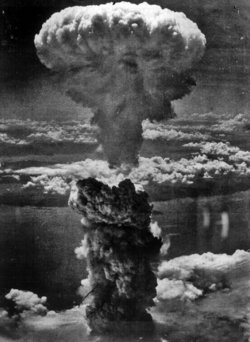The United States trade deficit widened to a record $726 billion in 2005, the government reported yesterday, adding more fuel to the increasingly partisan debate between advocates of further globalization and those who contend that free trade is causing the loss of too many American manufacturing jobs.
Hitting its fourth consecutive annual record, the gap between exports and imports reached almost twice the level of 2001. It was driven by strong consumer demand for foreign goods and soaring energy prices that added tens of billions of dollars to the nation's bill for imported oil. The nation last had a trade surplus, of $12.4 billion, in 1975.
The continued growth in the trade deficit, particularly with China, is likely to renew a fight in Congress as early as this spring over President Bush's trade policies. Lawmakers have seized on the growing imbalance with China to call on the White House to take a harder line with Beijing over its currency practices.
But as long as the American economy is growing faster than most of its trading partners and energy prices stay at elevated levels, economists expect little improvement, and perhaps even a slight widening, in the trade imbalance this year.
"You would need a dramatic slowdown in domestic U.S. demand to bring down the U.S. trade deficit, and we think that is unlikely," said Dean Maki, chief United States economist at Barclays Capital in New York.
That means the nation will go deeper into debt with the rest of the world as Americans continue to rely on the strong flow of foreign money, particularly from central banks in Asia, to finance the trade gap. China, Japan and other foreign governments are some of the biggest holders of government securities, lending money to cover the substantial federal budget deficit and helping to keep interest rates and home mortgage costs here relatively low.
As a result, American consumers are able to spend more and save less.
Many economists say this situation is unsustainable over the long run, arguing that the United States could eventually face a harsh correction that would depress spending, increase the cost of borrowing and sharply lower the value of the dollar.







No comments:
Post a Comment